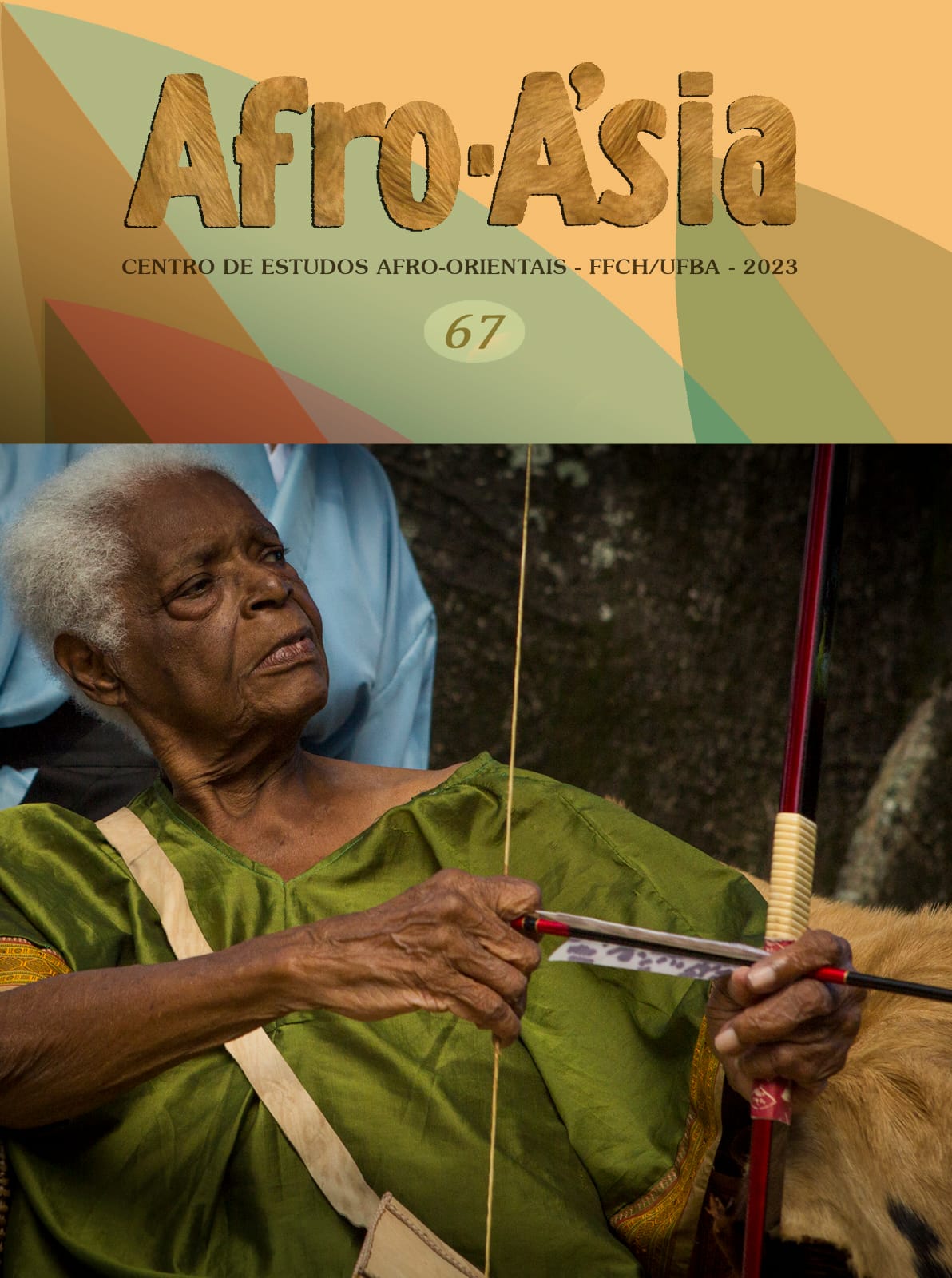Seamen, Religious Manifestations, and Slave Trade between Bahia and the African Atlantic Coast in the Baroque Age (1750-1808)
DOI:
https://doi.org/10.9771/aa.v0i67.50356Keywords:
Seamen, Slave trade, Colonial SalvadorAbstract
This article aims to analyze the role of seafarers in the slave trade between Bahia, Costa da Mina and Angola, in the period between 1750 and 1808. It is subdivided into three distinct axes. First, the paper highlights seamen’s involvement in Catholicism, emphasizing, among other things, material life. Second, the paper examines the way in which some Catholic religious practices, were manifested in maritime culture. Finally, it reflects on chaplains’ roles in the functioning of the slave trade. All these issues show that the workings of the slave trade permeated the mentality, imagination and the essence of the Catholic baroque, so influential in colonial Bahian society.
Downloads
Downloads
Published
How to Cite
Issue
Section
License
Copyright (c) 2023 Gabriel Silva de Jesus

This work is licensed under a Creative Commons Attribution 4.0 International License.
You are entitled to freely share, adapt and use the work herein published for any legitimate purpose as long as authorship and the original source are acknowledged.




